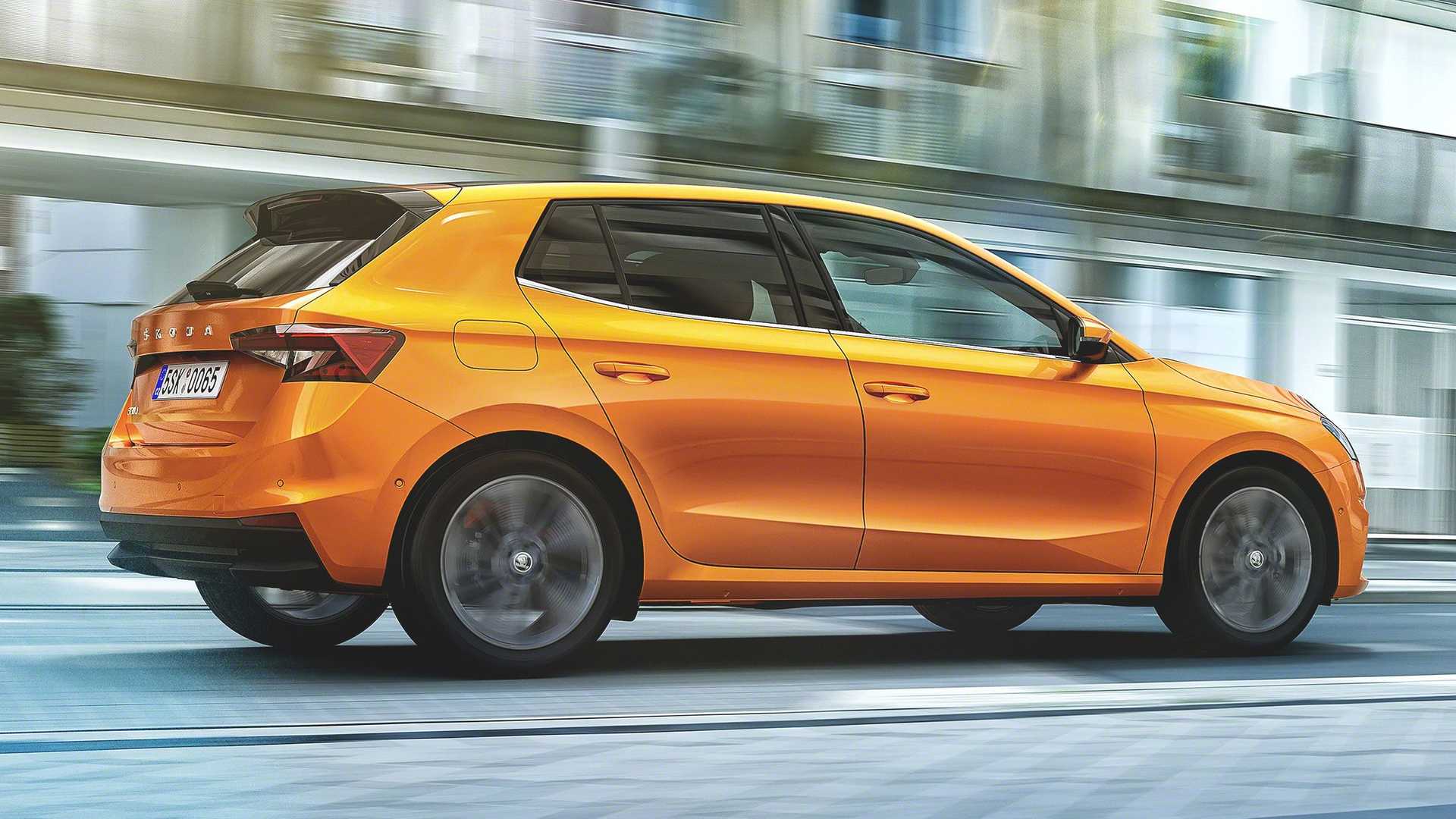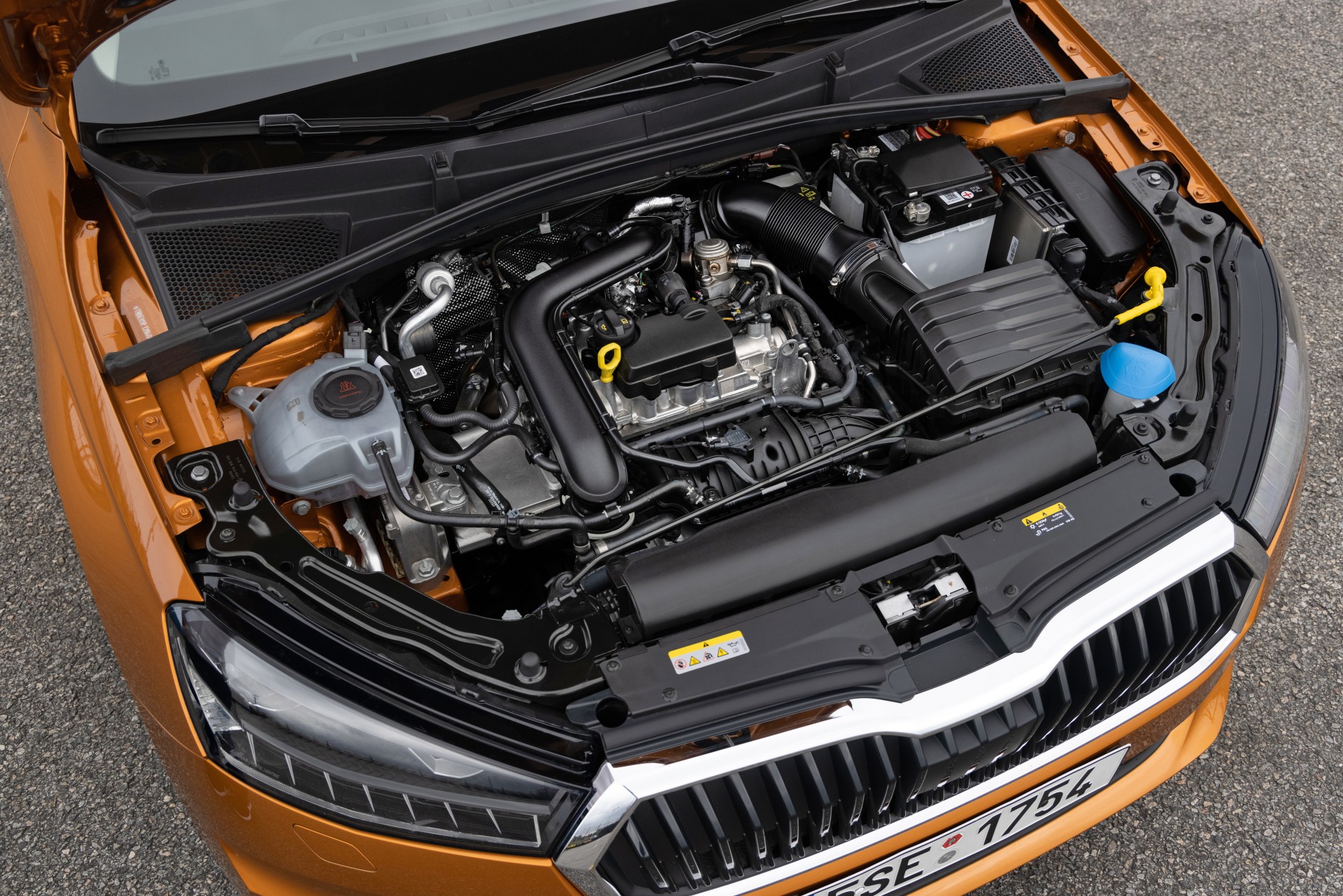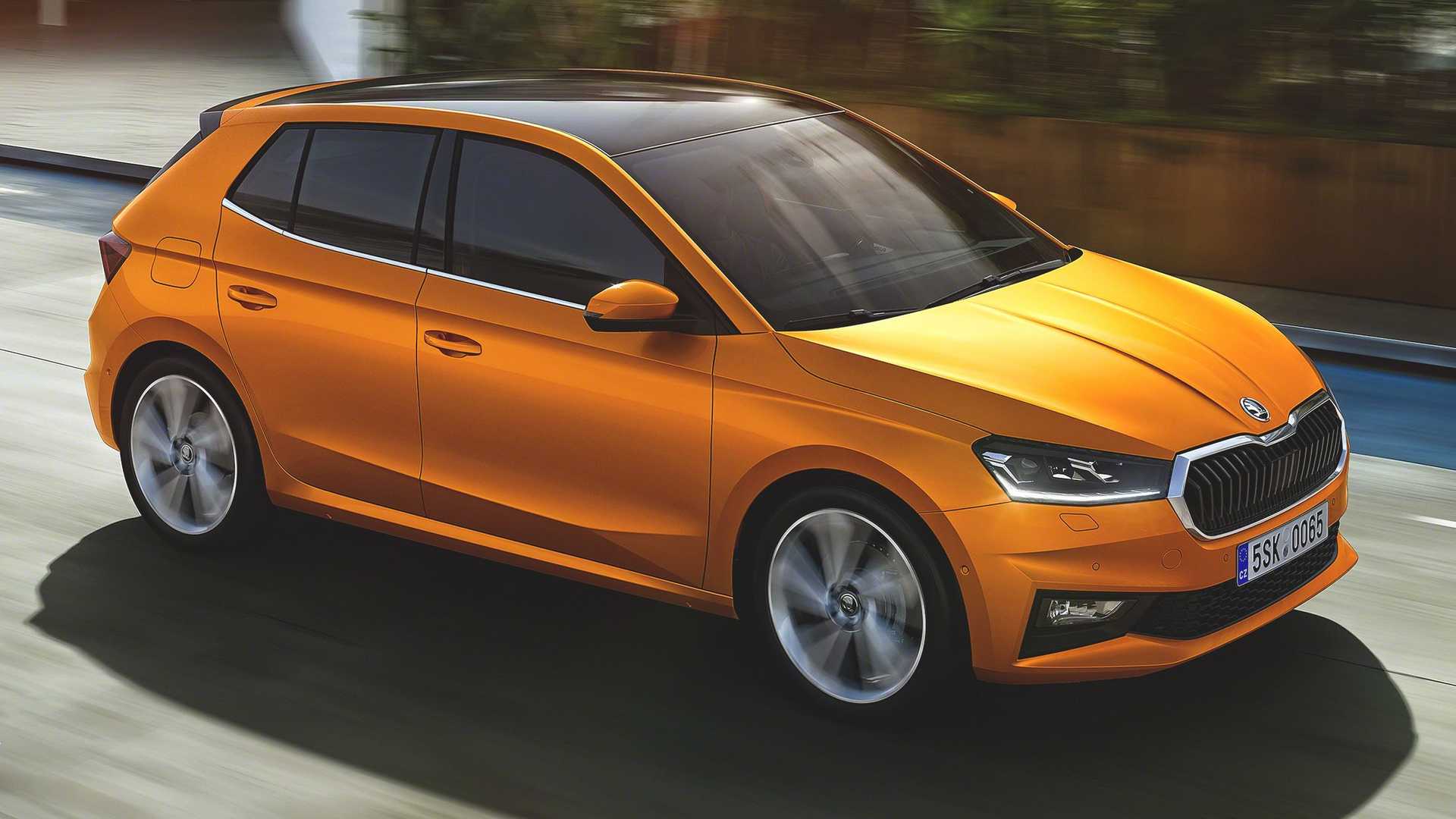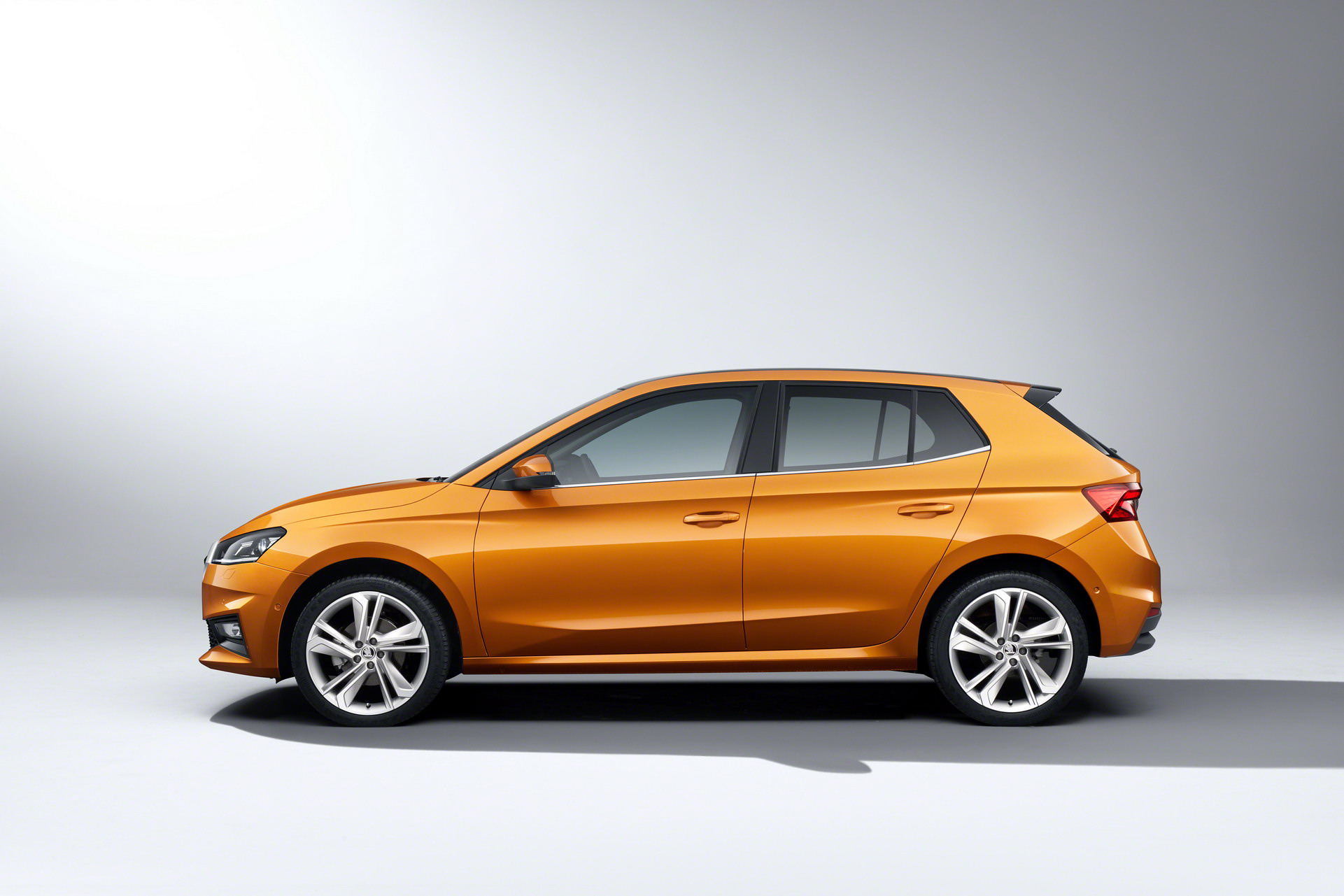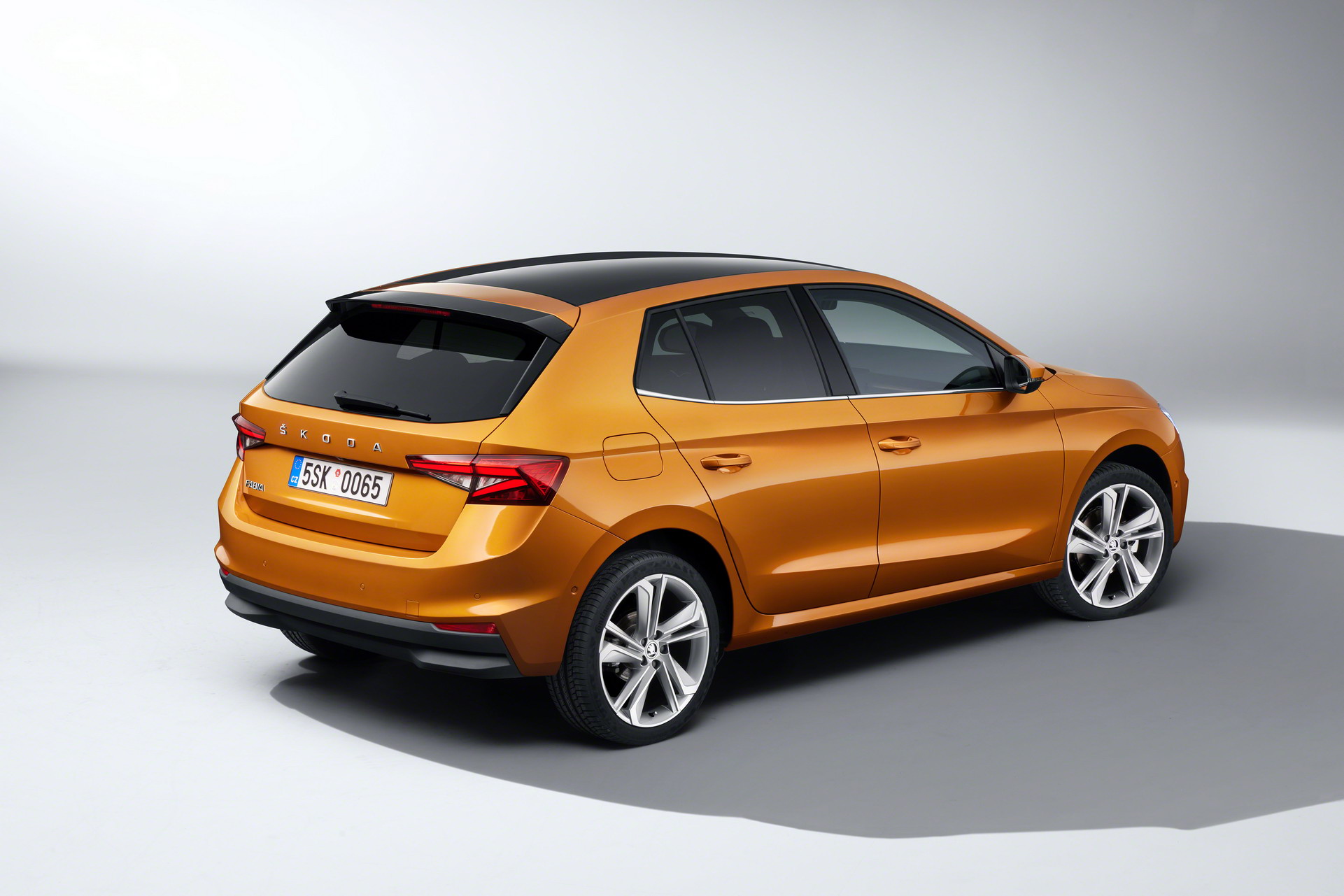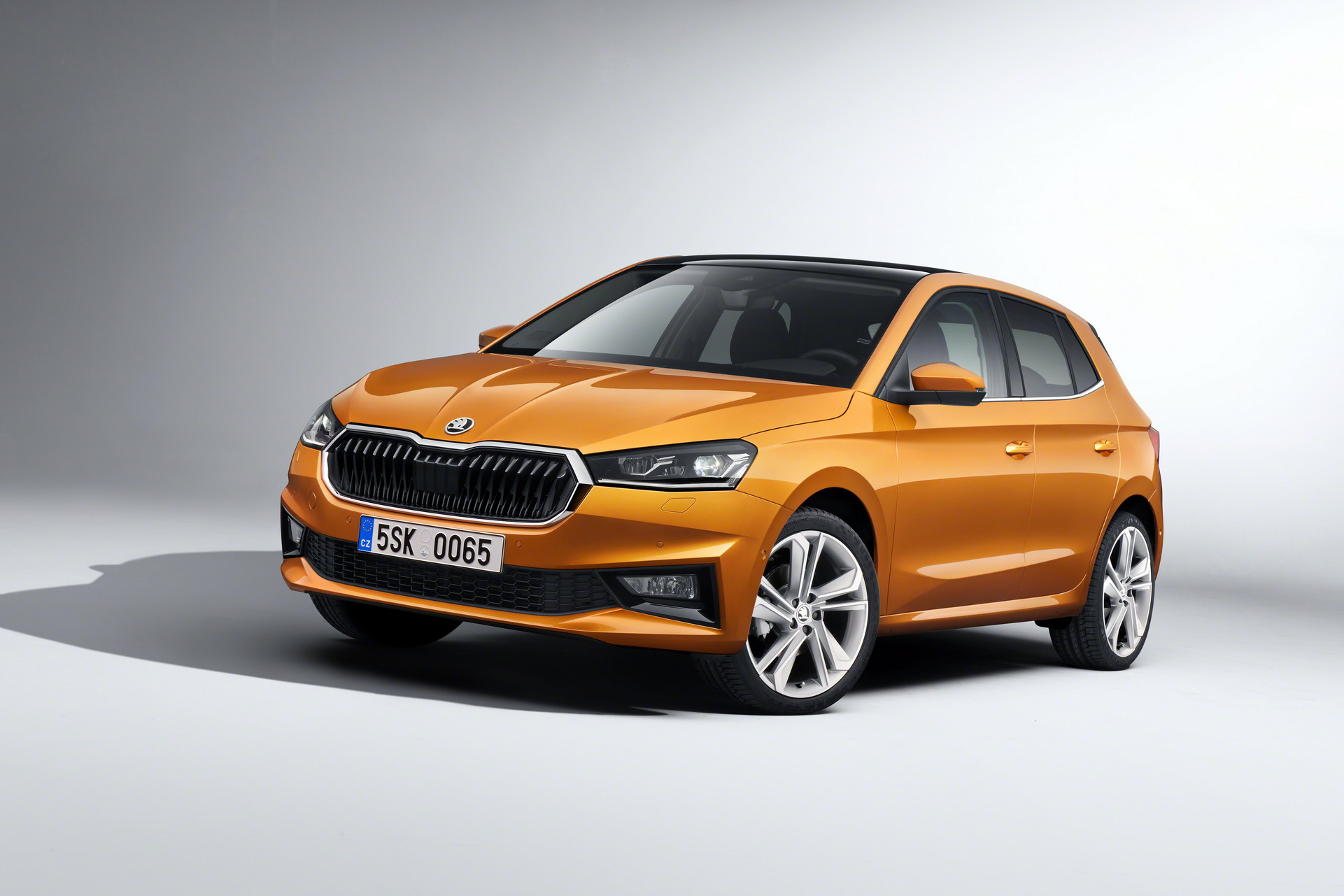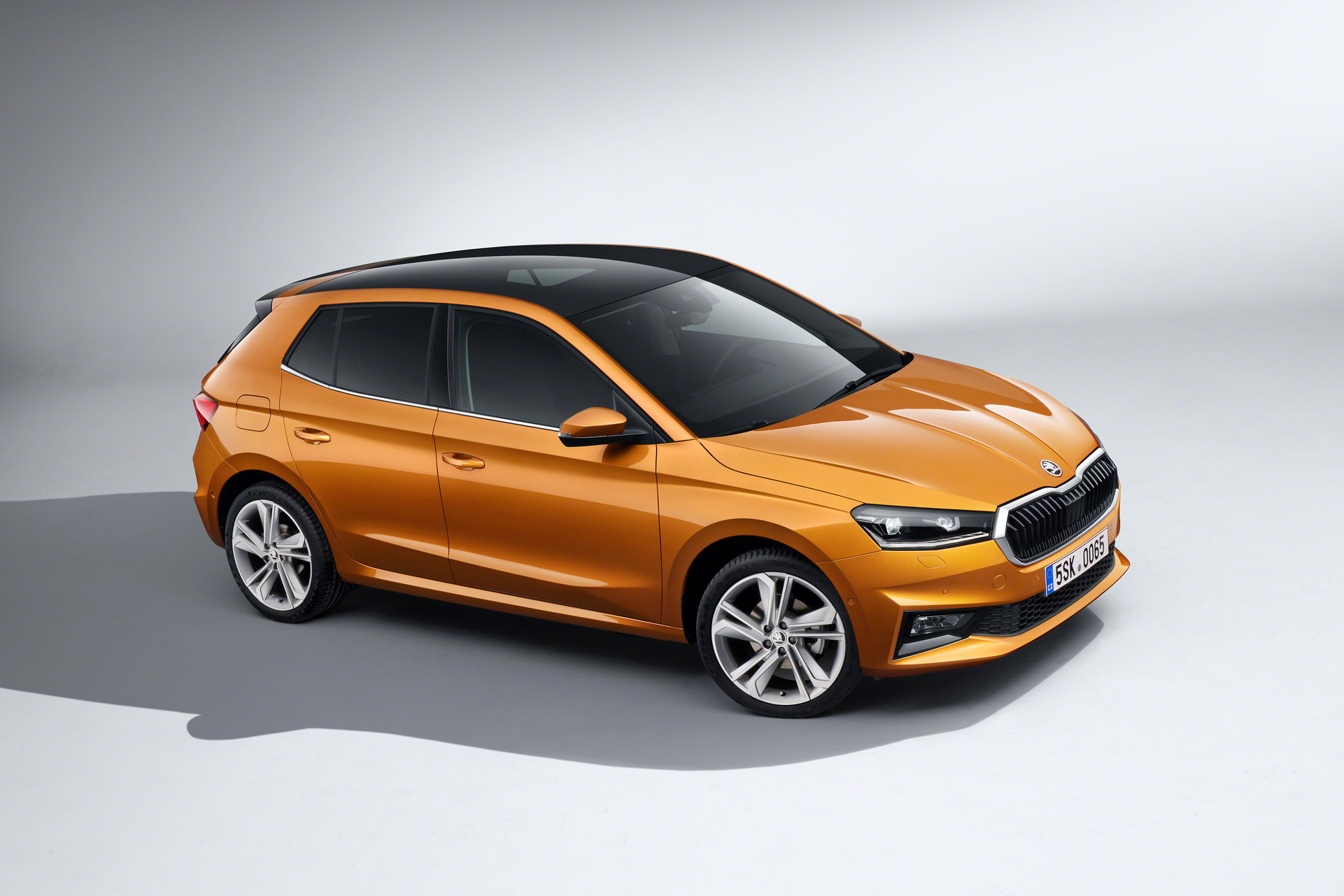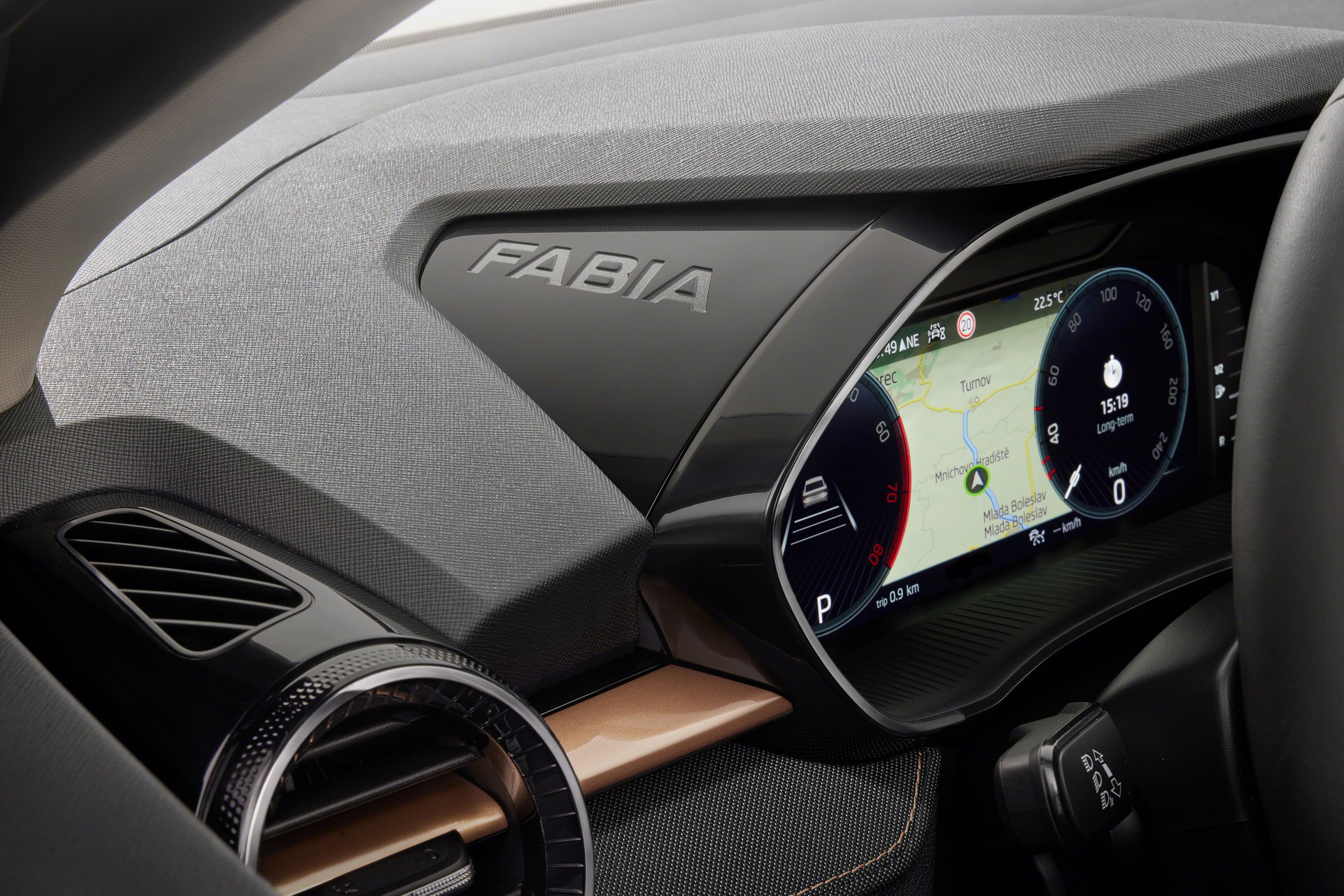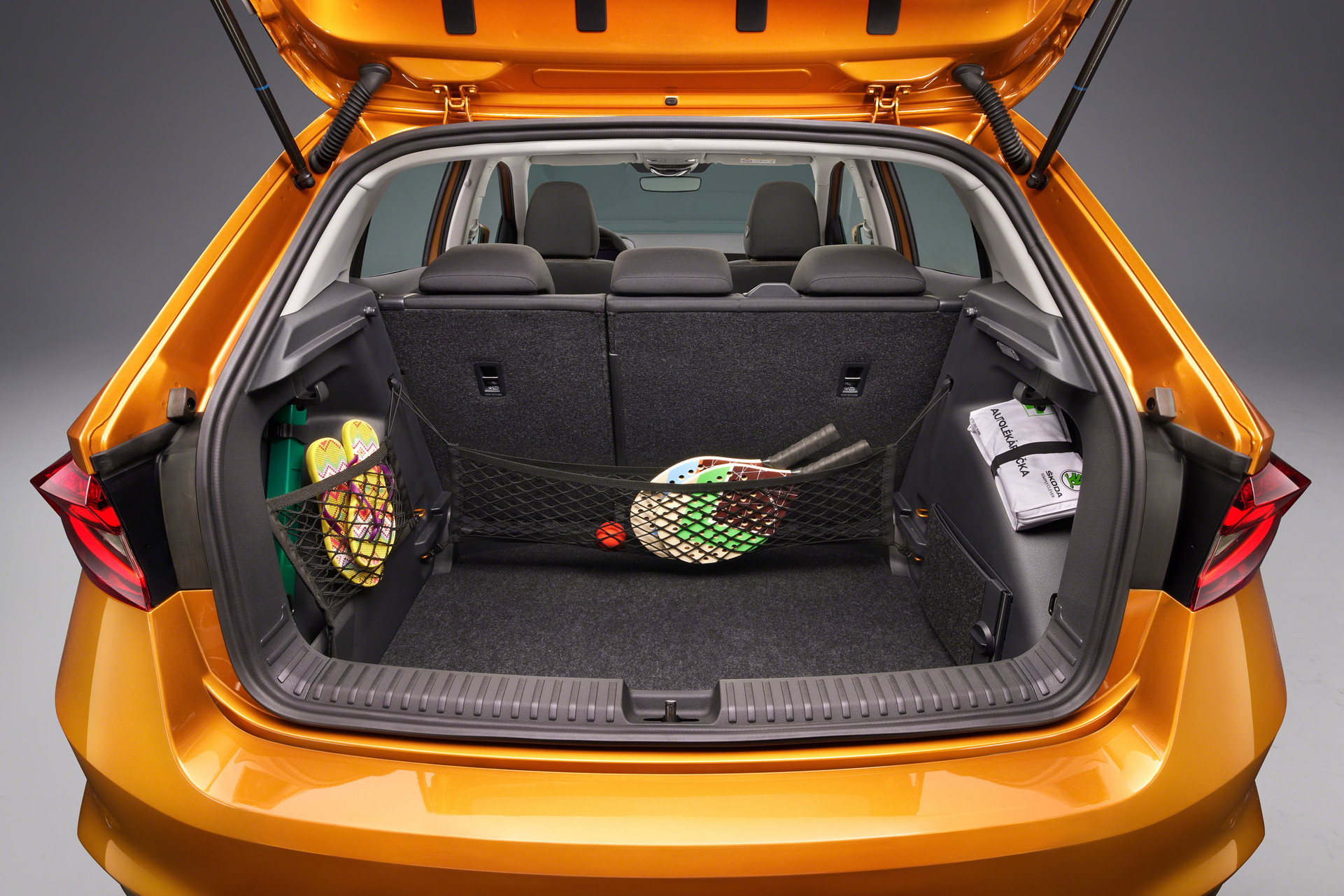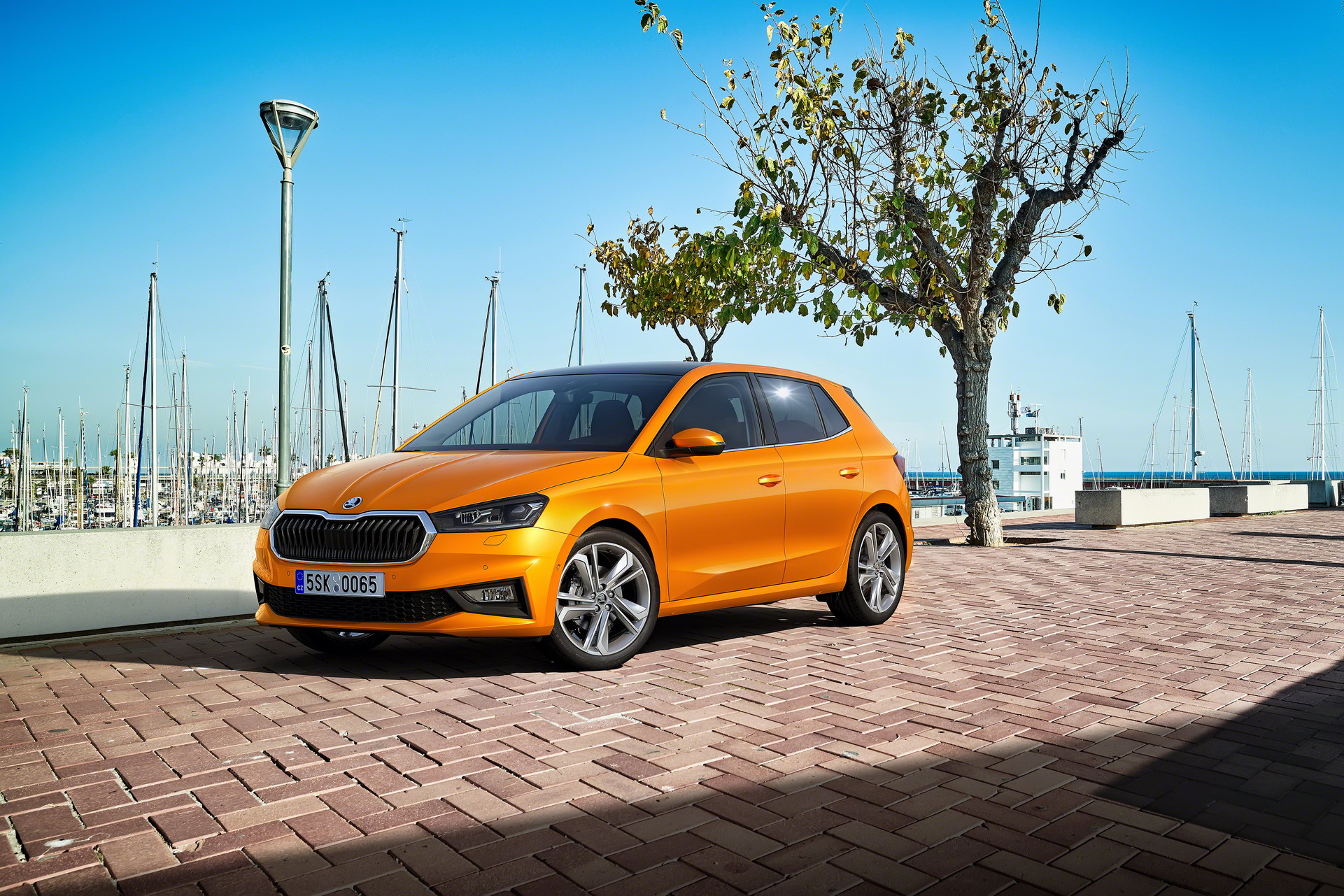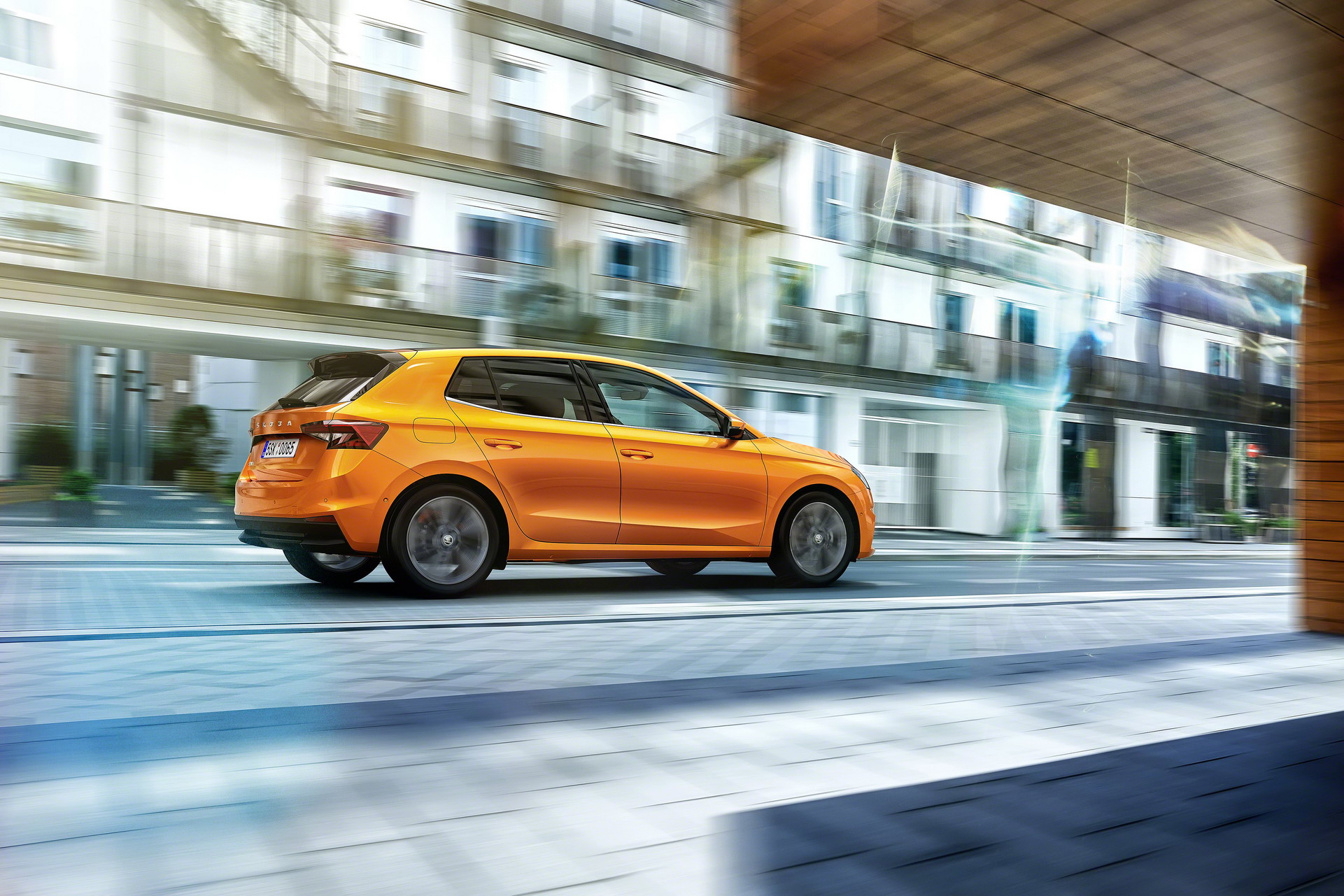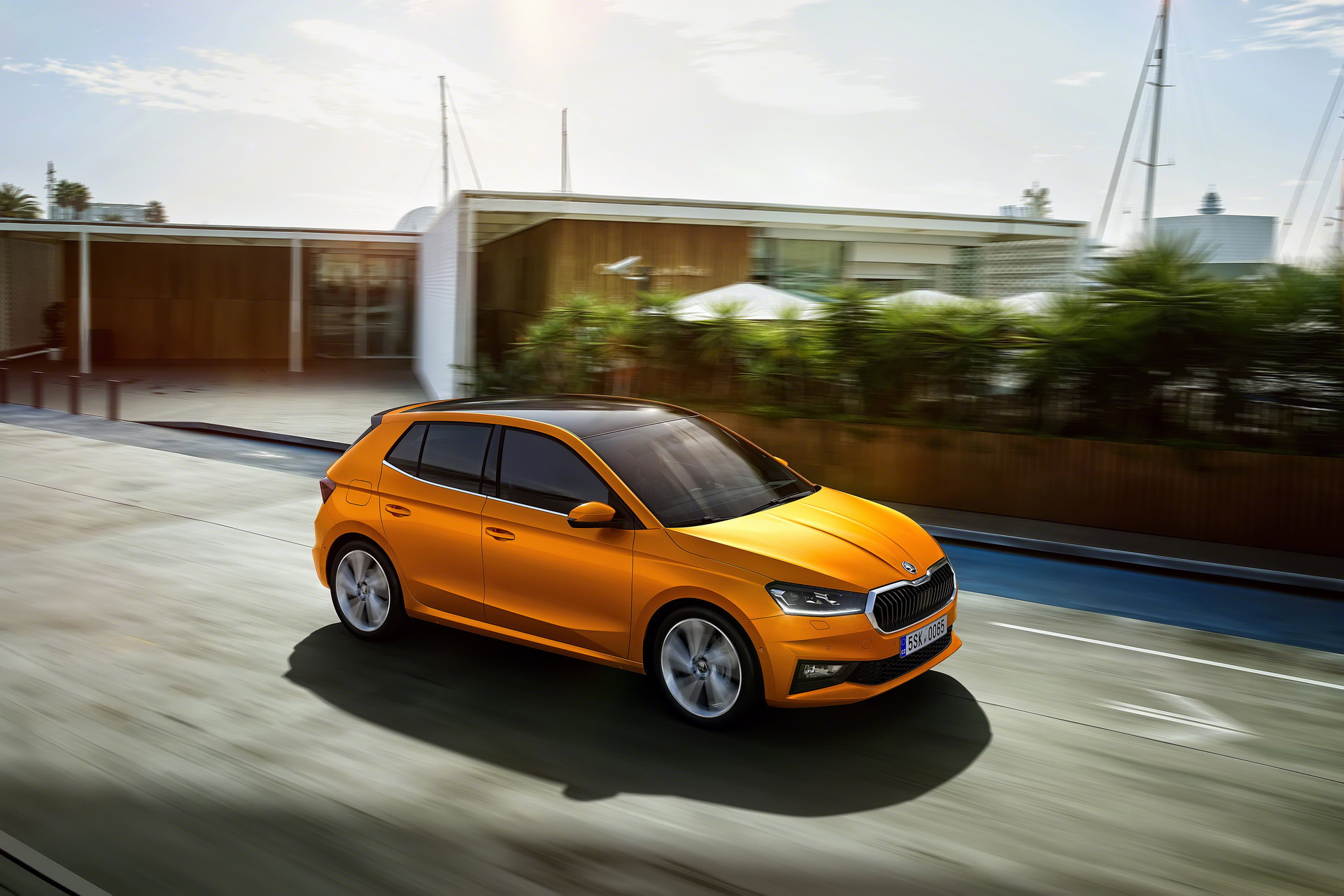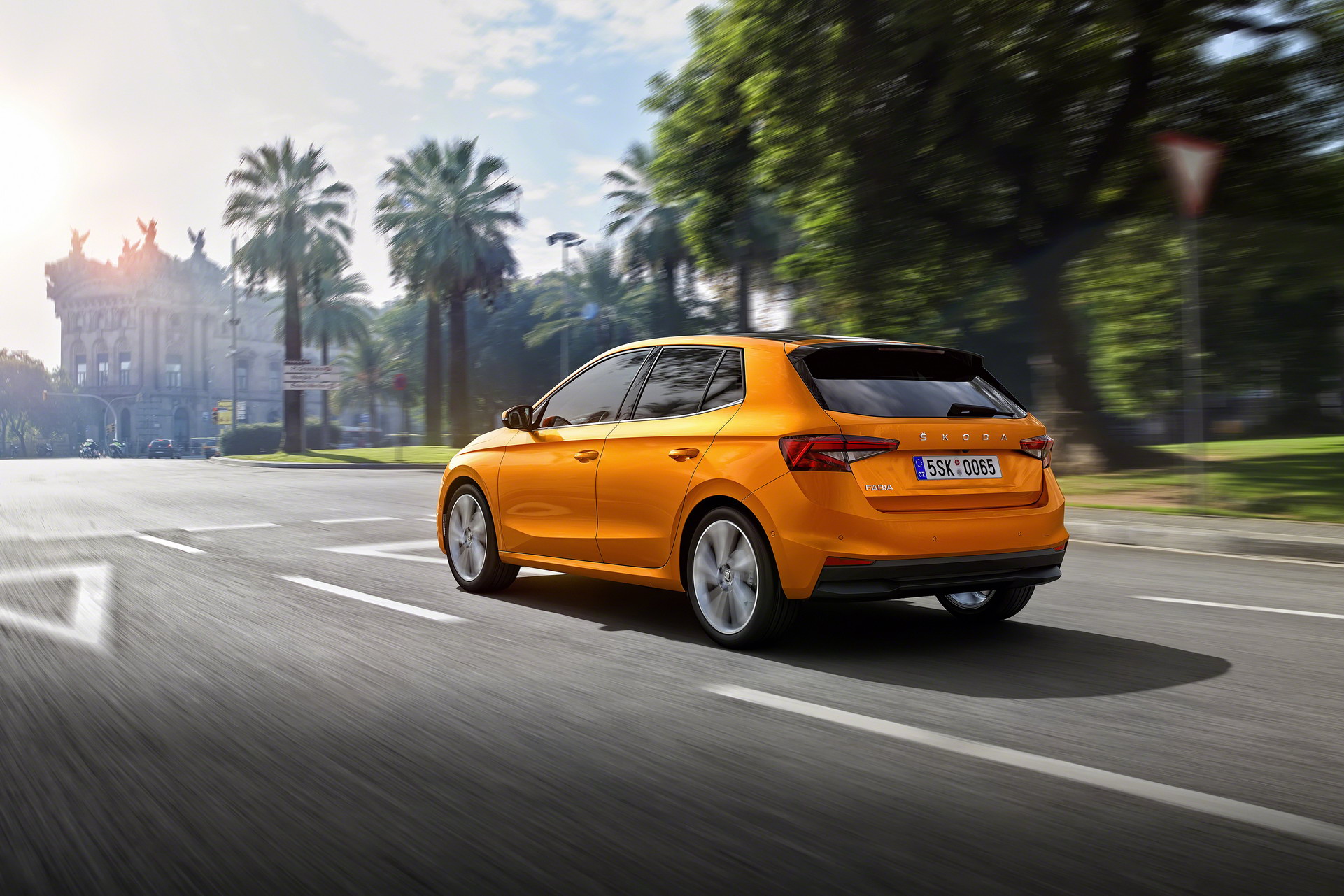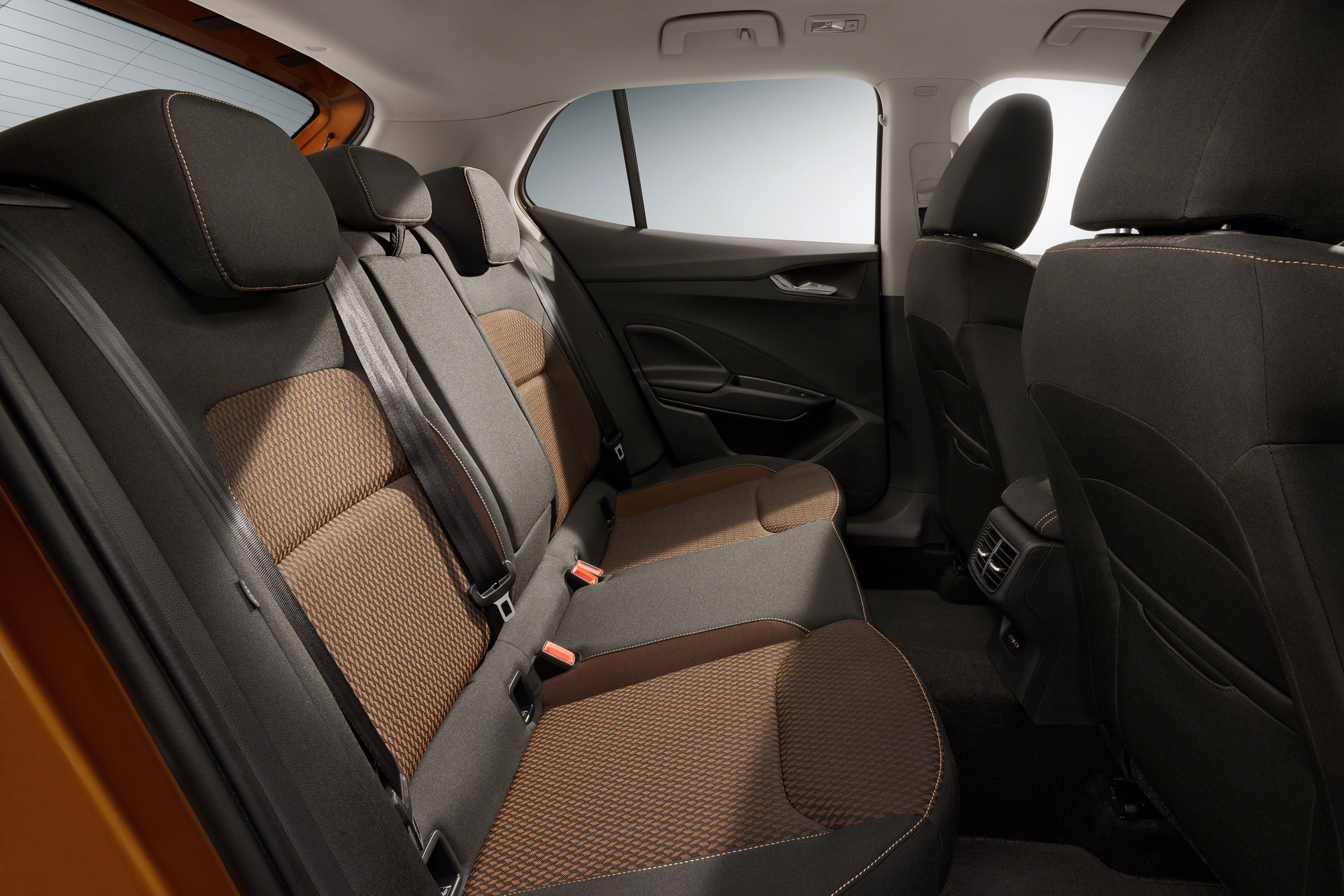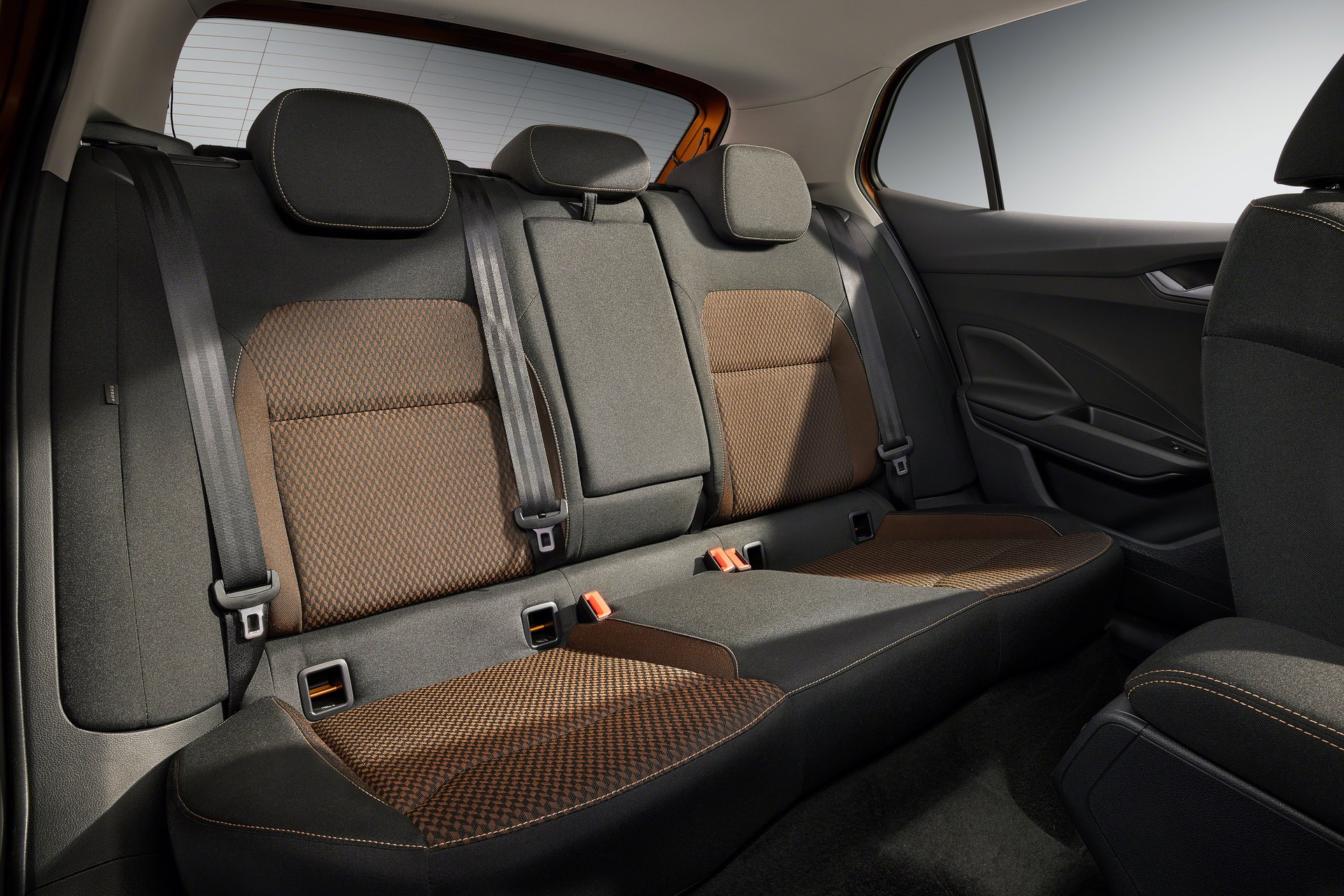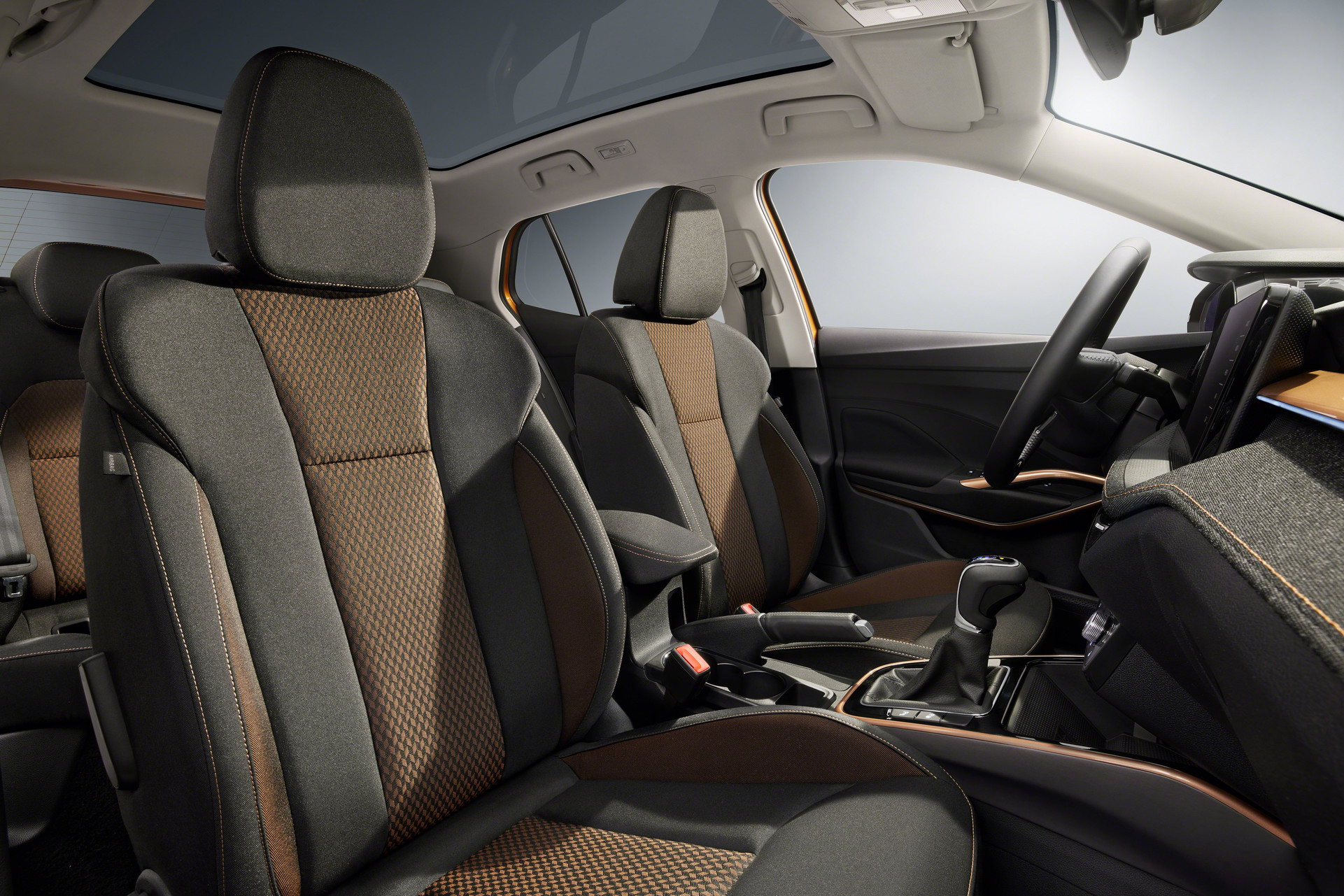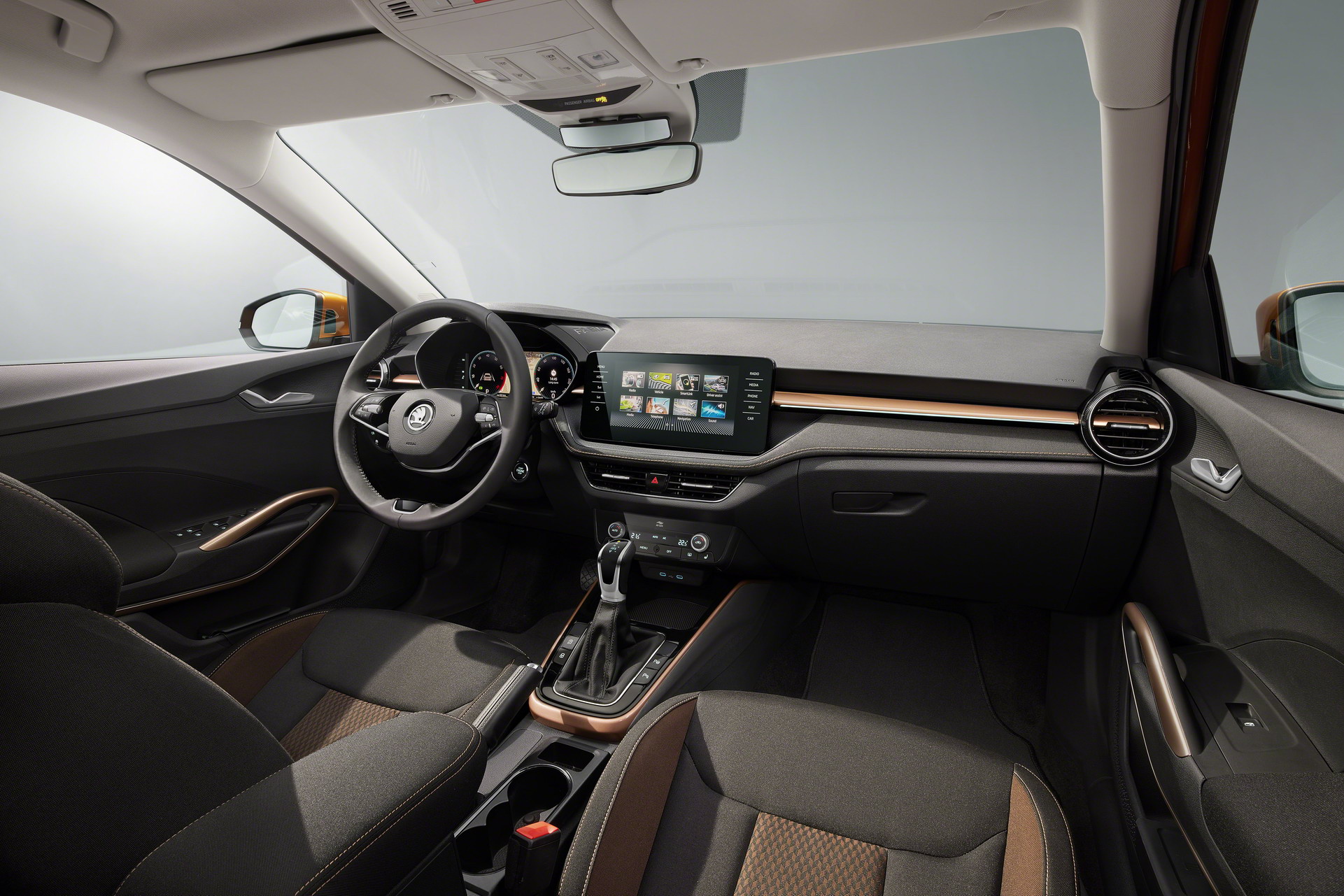The fourth-generation Skoda Fabia unveiled in May, is almost ready to hit European showrooms, and the Czech company announced a few more details about the range.
Thanks to its efficient engines and aerodynamically optimized design, the budget-friendly supermini will have a WLTP range of over 900 km (560 miles).
Read Also: Skoda’s All-New 2021 Fabia Debuts With A Bit More Space, Tech, And Power
The Skoda Fabia will be available with five engines from VW Group’s latest EVO generation, complying with the Euro 6d emissions standards. What is cool is that the majority of the engines and gearboxes for the Fabia will be produced by Skoda in the Czech Republic.
Skoda claims that the 900 km (560 miles) range can be achieved by four out of the five engine options (probably excluding the 1.5 TSI) when combined with the optional 50-liter tank. This means that your stock Fabia equipped with the 40-liter tank won’t be able to travel that far without refueling. In the future, we also expect a G-TEC variant using CNG, which would be by far the cheapest to run.
While there will be no diesel, mild-hybrid, or full hybrid options, the petrol-only engines will still be quite efficient (average fuel consumption from 4.9 to 5.6 lt/100 km and CO2 emissions between 113 to 142 g/km) thanks to a series of refinements. Those include an optimized crankshaft drive with friction-reducing pistons and piston rings, plus a modified water circulation system around the cylinder head and engine block for greater cooling efficiency.
See Also: 2023 Skoda Fabia Combi Previewed In Unofficial Illustration
The engine range starts from the naturally aspirated three-cylinder 1.0 MPI operating on the Atkinson cycle, with 64 hp (48 kW / 65 PS) or 79 hp (59 kW / 80 PS). Those options are ideal for those who don’t prioritize performance given that the slowest Fabia needs 15.9 seconds for the 0-100 km/h (0-62 mph) sprint before topping out in 172 km/h (107 mph).
Then, there is the turbocharged three-cylinder 1.0 TSI operating on the Miller cycle with variable turbine geometry, producing 94 hp (70 kW / 95 PS) or a more respectable 109 hp (81 kW / 110 PS). The latter is equipped with the 6-speed manual gearbox instead of the 5-speed, and also has the option of the 7-speed DSG. The 1.0 TSI is the most environmentally friendly option in the whole range with average fuel consumption of 4.9 lt/100km (WLTP) compared with the 5.0 lt/100 km of the 1.0 MPI.
Finally, the most powerful variant is the four-cylinder 1.5 TSI with active cylinder management (ACT) technology that produces 148 hp (110 kW / 150 PS) and is exclusively combined with the 7-speed DSG. This will allow for a 0-100 km/h (0-62 mph) acceleration in 8 seconds and a top speed of 225 km/h (140 mph) according to preliminary data.
Available with raised or lowered suspension setups
Another cool feature of the upcoming Fabia is the two optional suspension/chassis variants. The Rough-Road package includes underbody protection, modified suspension, and special springs offering more durability and increased ground clearance by 15 mm (0.6 inches) over the stock version – similar to the treatment on the Skoda Octavia Scout. This will transform the Fabia into a crossover supermini for those who like to do some light off-roading on gravel roads.
On the other hand, there is also the sports suspension option which is lowered by 15 mm (0.6 inches) and has a firmer spring setup. We guess this option would make more sense when combined with the most powerful 1.5 TSI variant, giving the Fabia warm-hatch characteristics by improving its handling capabilities.





